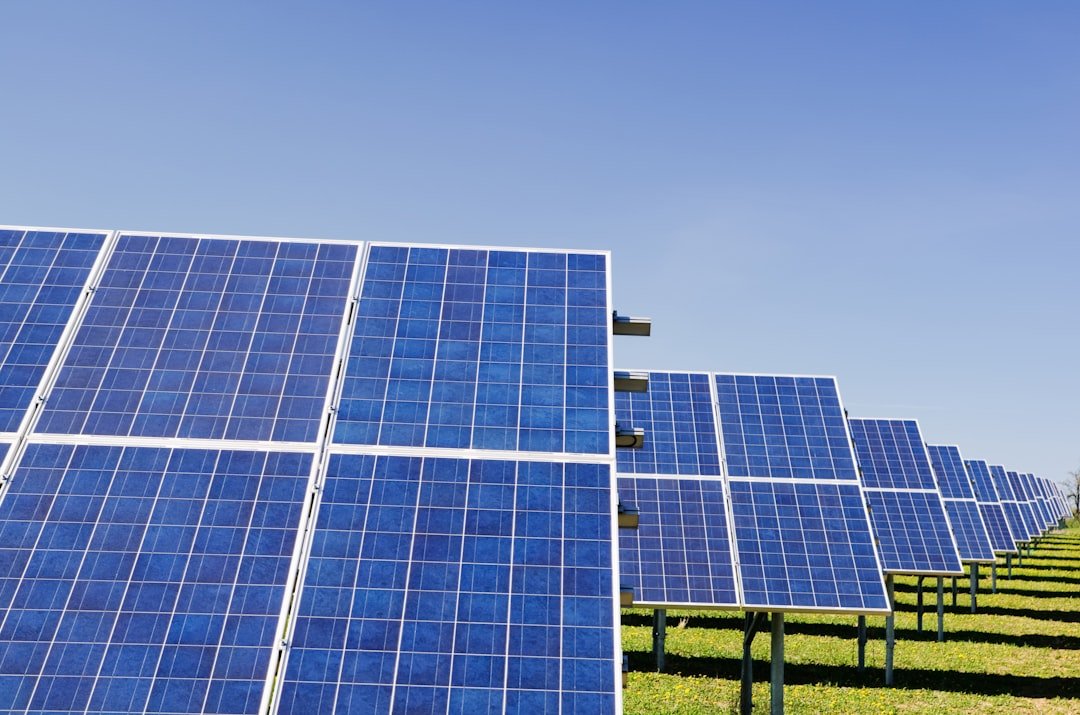Manila’s Air Pollution Index: A Detailed Overview Manila, the vibrant Philippine capital, is a city that perfectly captures the energy and difficulties of city life. But beneath its bustling streets and rich cultural legacy is a serious problem: air pollution. An important resource for comprehending Manila’s air quality is the Air Pollution Index (API), which gives locals & government officials vital information on pollution levels. Based on the concentration of pollutants like particulate matter (PM), nitrogen dioxide (NO2), sulfur dioxide (SO2), and ozone (O3), this index places air quality into different categories, from good to hazardous. The daily realities that millions of residents face are reflected in the API, which is more than just a number.
Key Takeaways
- Manila’s Air Pollution Index is a measure of the air quality in the city, with high levels indicating poor air quality and potential health risks.
- Causes of air pollution in Manila include vehicle emissions, industrial activities, and open burning of waste.
- Air pollution has significant impacts on health, leading to respiratory diseases, and on the environment, causing damage to ecosystems and biodiversity.
- The government has implemented initiatives to address air pollution, including regulations on vehicle emissions and industrial pollution.
- Industries and transportation play a significant role in air pollution, and efforts to reduce emissions from these sectors are crucial for improving air quality in Manila.
Health advisories issued in response to high pollution levels may advise vulnerable groups to curtail their outdoor activities. The API is now a crucial indicator of environmental health, impacting public awareness campaigns & policy decisions as Manila struggles with fast industrialization & urbanization. Residents, legislators, and environmental advocates all need to understand the API because it emphasizes how urgently we must work together to combat air pollution. The socioeconomic structure of Manila is intricately linked to the various factors that contribute to air pollution in the city.
Vehicle emissions are one of the main causes. The burning of fossil fuels releases dangerous pollutants into the atmosphere, and there are a lot of cars on the road & a population of over 13 million. This problem is made worse by traffic congestion because idling cars produce more exhaust, which lowers the quality of the city’s air. Manila’s air pollution problem is largely caused by industrial activity in addition to transportation. Toxic substances are released into the air by factories & manufacturing plants that frequently operate without strict environmental regulations.
Burning garbage exacerbates the issue by releasing particulate matter and other dangerous chemicals, especially in informal settlements. The reduction of green spaces that naturally filter pollutants is another way that urbanization & deforestation contribute to the deterioration of air quality. In order to improve its air quality, Manila must overcome a complicated web of issues brought about by these factors combined. In Manila, air pollution has a serious and concerning effect on both the environment and human health.
| Year | PM2.5 Level (µg/m³) | PM10 Level (µg/m³) | NO2 Level (µg/m³) |
|---|---|---|---|
| 2015 | 18.5 | 34.2 | 22.6 |
| 2016 | 20.1 | 36.5 | 24.3 |
| 2017 | 22.3 | 39.8 | 26.7 |
| 2018 | 24.8 | 43.2 | 28.9 |
| 2019 | 27.5 | 46.7 | 31.5 |
Numerous health problems, such as cardiovascular disorders, respiratory illnesses, and even early death, have been linked to exposure to high levels of air pollutants, according to studies. Certain vulnerable groups are especially at risk, including the elderly and children. Hospitals frequently note a rise in admissions for respiratory disorders, including asthma attacks, when pollution levels are high. Air pollution is a serious environmental hazard in addition to health risks.
Acid rain, which is caused by the buildup of pollutants, has a negative impact on water sources and soil quality. Also, by raising greenhouse gas emissions, air pollution fuels climate change. The deterioration of natural ecosystems brought on by bad air quality can endanger wildlife habitats & disturb biodiversity. As a result, the effects of air pollution affect not just human health but also the environment of Manila. To address the escalating air pollution crisis, the Philippine government has launched a number of programs to enhance Manila’s air quality. The Clean Air Act of 1999, which created a thorough framework for managing air quality nationwide, is one noteworthy endeavor.
Emission standards for vehicles & industries are established by this law, which also requires routine monitoring of air pollutants. A move toward more sustainable energy sources has also been encouraged by government campaigns to support cleaner fuels and technologies. Local government entities (LGUs) have also taken proactive steps to combat air pollution locally. Programs like planting trees and creating green areas are examples of initiatives that try to improve air quality & increase urban biodiversity. In order to lessen open burning practices that contribute to pollution, the implementation of stronger waste management regulations has also been given priority.
Although these initiatives are a big step in the right direction, sustained dedication and cooperation from all parties involved are necessary to bring about long-lasting change. Among the biggest causes of Manila’s air pollution problem are transportation and industry. In terms of emissions, the industrial sector—which includes manufacturing, construction, and energy production—frequently functions with little regulation. Pollutant levels may be higher in factories using antiquated technology than in those that follow contemporary environmental regulations.
Air quality-harming practices by industries are made worse by the absence of enforcement of current regulations. Another important component of Manila’s air pollution problem is transportation. The city is notoriously congested, with cars frequently stranded in traffic for hours at a time.
This results in higher emissions from idling engines in addition to increased fuel consumption. Although they are necessary for mobility, public transportation systems frequently use outdated buses and jeepneys that do not adhere to current emission regulations. Therefore, in order to lessen their influence on air quality, industries and transportation systems both need to undergo substantial reforms. Manila’s widespread air pollution problem requires a multipronged strategy to address. The promotion of sustainable public transportation systems is one practical strategy.
Reducing reliance on private vehicles and lowering overall emissions can be achieved by increasing the availability and effectiveness of mass transit options. Residents can also be encouraged to move away from transportation powered by fossil fuels by providing subsidies or tax breaks for the use of electric vehicles. Improving regulatory frameworks for industries is another essential step. Tighter emission regulations ought to be implemented, and compliance should be regularly checked.
Industries’ environmental impact can be considerably decreased by promoting the adoption of cleaner technologies. In addition, community engagement programs that raise awareness of proper waste management techniques can reduce illegal dumping and open burning, two main causes of air pollution. In order to address Manila’s air pollution, public education and awareness campaigns are essential.
The health hazards linked to poor air quality and how their everyday activities affect pollution levels may not be completely understood by many locals. A sense of responsibility and proactive actions at the individual & community levels can be promoted by educational campaigns that educate the public about the value of clean air. Schools can be essential venues for raising younger generations’ awareness of air pollution. Students can become activists for cleaner air in their communities by incorporating environmental education into their curricula.
Also, collaborations between governmental and non-governmental organizations can support public education seminars and workshops about sustainable practices and how they affect air quality. Action taken by all parties involved—government organizations, businesses, communities, and individuals—will determine Manila’s air quality in the future. Even though the obstacles are still formidable, there is hope for a major improvement with coordinated efforts to lower emissions and encourage sustainable practices. There may be a growing need for cleaner air initiatives given the public’s growing awareness of environmental issues. There is hope for improved air quality in Manila thanks to technological advancements. New developments in electric cars, clean energy sources, and intelligent transit systems have the potential to revolutionize urban life while reducing environmental impact.
Prioritizing air quality will be crucial as Manila develops as a major city in order to protect the natural environment and guarantee a healthier future for its citizens. To sum up, combating air pollution in Manila necessitates a thorough comprehension of its causes, effects, and possible remedies. The future of this dynamic city may be cleaner & healthier if government agencies, businesses, communities, and individuals work together. Although the path to better air quality may be difficult, Manila can once again aim to breathe easier with perseverance and teamwork.



